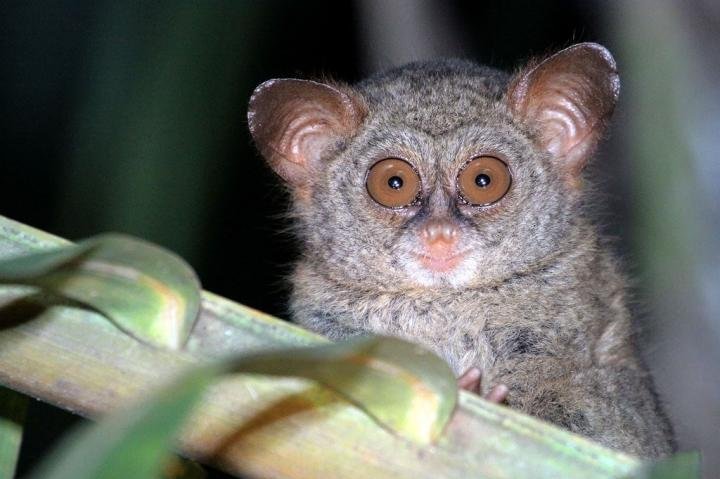
People stroll, sunbathe and swim at a bathing jetty in Malmo, Sweden, in June. The country attempted to achieve COVID-19 "herd immunity" by skipping lockdowns and other measures most countries around the world are using to limit spread of the disease.
Photo by EPA-EFE/Johan Nilsson/TT
Diverging from much of the world, Sweden let COVID-19 spread in hopes the population would develop "herd immunity." But the risky strategy failed, a new report finds.
Rather than imposing a hard lockdown in March as other countries did, the Scandinavian nation relied on individual responsibility to stop the spread of the deadly coronavirus. This is the idea of "folkvett" -- common sense of the people -- and the approach made headlines at the time.
Gyms, stores and restaurants remained open schools were open for kids up to age 16 while gatherings of more than 50 people were banned.
Authorities predicted that 40% of the people in Stockholm would get the disease and develop protective antibodies by May. The actual prevalence, however, was around 15%, according to the study published Aug. 11 in the Journal of the Royal Society of Medicine.
"It is clear that not only are the rates of viral infection, hospitalization and mortality [per million population] much higher than those seen in neighboring Scandinavian countries, but also that the time-course of the epidemic in Sweden is different, with continued persistence of higher infection and mortality well beyond the few critical weeks period seen in Denmark, Finland and Norway," said researcher Dr. David Goldsmith, a retired physician in London.
Experience suggests that severely infected COVID-19 patients acquire antibodies immediately and during early recovery, but antibodies are much less common in only mildly ill or asymptomatic patients.
This means they are likely not immune, and can't prevent the spread of the virus, the study noted. This is central to the concept of herd immunity.
In the other Scandinavian countries, rapid lockdown appeared more successful in stopping the spread of infection, Goldsmith said.
The findings are a cautionary tale for the world, and for the United Kingdom in particular, he indicated.
"We in the U.K. would do well to remember we nearly trod the same path as Sweden, as herd immunity was often discussed here in early March. Right now, despite strict [but tardy] lockdown in the U.K., and the more measured Swedish response, both countries have seen high seven-day averaged COVID-19 death rates compared to other Scandinavian and European countries," Goldsmith said in a journal news release.
Diverging from much of the world, Sweden let COVID-19 spread in hopes the population would develop "herd immunity." But the risky strategy failed, a new report finds.
Rather than imposing a hard lockdown in March as other countries did, the Scandinavian nation relied on individual responsibility to stop the spread of the deadly coronavirus. This is the idea of "folkvett" -- common sense of the people -- and the approach made headlines at the time.
Gyms, stores and restaurants remained open schools were open for kids up to age 16 while gatherings of more than 50 people were banned.
Authorities predicted that 40% of the people in Stockholm would get the disease and develop protective antibodies by May. The actual prevalence, however, was around 15%, according to the study published Aug. 11 in the Journal of the Royal Society of Medicine.
"It is clear that not only are the rates of viral infection, hospitalization and mortality [per million population] much higher than those seen in neighboring Scandinavian countries, but also that the time-course of the epidemic in Sweden is different, with continued persistence of higher infection and mortality well beyond the few critical weeks period seen in Denmark, Finland and Norway," said researcher Dr. David Goldsmith, a retired physician in London.
Experience suggests that severely infected COVID-19 patients acquire antibodies immediately and during early recovery, but antibodies are much less common in only mildly ill or asymptomatic patients.
This means they are likely not immune, and can't prevent the spread of the virus, the study noted. This is central to the concept of herd immunity.
In the other Scandinavian countries, rapid lockdown appeared more successful in stopping the spread of infection, Goldsmith said.
The findings are a cautionary tale for the world, and for the United Kingdom in particular, he indicated.
"We in the U.K. would do well to remember we nearly trod the same path as Sweden, as herd immunity was often discussed here in early March. Right now, despite strict [but tardy] lockdown in the U.K., and the more measured Swedish response, both countries have seen high seven-day averaged COVID-19 death rates compared to other Scandinavian and European countries," Goldsmith said in a journal news release.
Only a year or two after the pandemic, however, can experts fairly judge what was done correctly, the authors said.
More information
The U.S. Centers for Disease Control and Prevention has more on COVID-19.
RELATED CDC: U.S. COVID-19 case count 6 to 24 times higher than reported
Copyright 2020 HealthDay. All rights reserved.


















